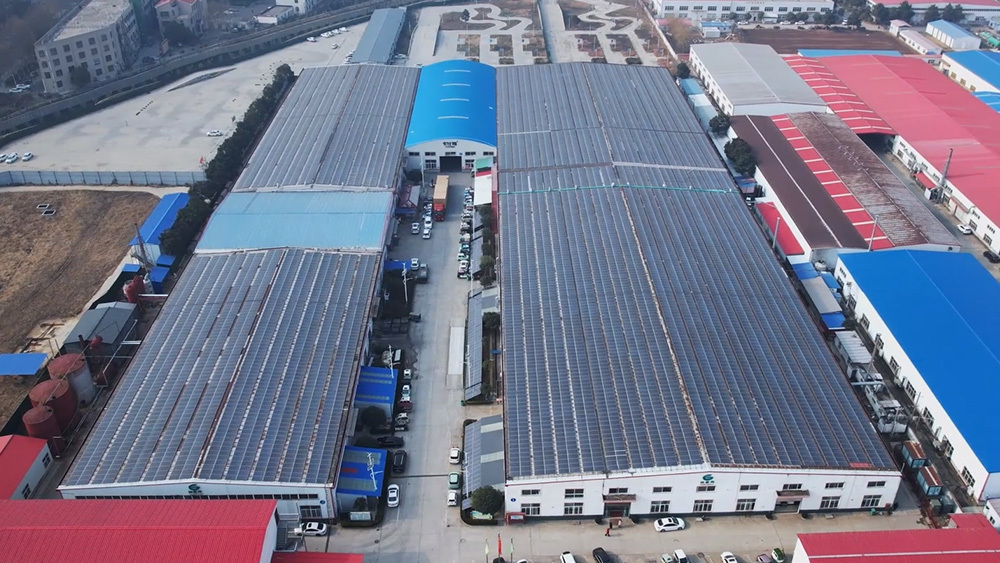Unlocking Efficiency: A Deep Dive into Industrial Machinery Gear
这里是标题一h1占位文字
Understanding Industrial Machinery Gear
When you think of industrial machinery gear, what pops into your mind? Gears grinding away, heavy machinery roaring, or perhaps the sheer power of automation? Well, let me tell ya, you’re not far off! Industrial machinery gear plays a pivotal role in various sectors, making it an unsung hero in the world of manufacturing and production.
What is Industrial Machinery Gear?
In simple terms, industrial machinery gear refers to the components that transmit power and motion between machine parts. Think of it like the backbone of a machine, allowing it to function smoothly. From construction equipment to manufacturing lines, these gears are everywhere, ensuring that machines operate efficiently and effectively.
Types of Gears: The Unsung Variety
Believe it or not, there’s a whole buffet of gear types out there! Here are a few to chew on:
- Spur Gears: The most common type, these gears have straight teeth and are used to transmit power between parallel shafts.
- Helical Gears: With teeth set at an angle, these bad boys are great for higher speeds and smoother operation.
- Bevel Gears: Used to change the axis of rotation, these are your go-to for right-angle drives.
- Worm Gears: Known for high torque and low-speed applications, these gears are a bit quirky but get the job done!
Applications Across Industries
So, where exactly do we find these gears in action? The answer is everywhere! Here are a few places where industrial machinery gear is making a splash:
- Manufacturing: From assembly lines to robotic arms, gears help streamline production.
- Aerospace: Precision is key here; gears help in navigation and control systems.
- Automotive: Think of the powertrain; gears are essential for transferring power from the engine to the wheels.
- Construction: Heavy machinery like cranes and bulldozers rely on robust gears to lift and move.
The Benefits of Quality Gears
Investing in high-quality industrial machinery gear is like putting premium fuel in your car; it just runs smoother! Here’s why:
- Durability: Quality gears can withstand the wear and tear of heavy use.
- Efficiency: Well-made gears reduce friction, leading to lower energy consumption.
- Precision: Accurate gears ensure that machinery operates exactly as intended, minimizing errors.
Choosing the Right Gear
Now that you're in the know about industrial machinery gear, how do you choose the right one? Here’s a little advice:
- Consider the application: Different jobs require different gear types.
- Material matters: Steel, plastic, and brass all have unique properties that can affect performance.
- Don’t skimp on quality: It’s worth the investment to avoid costly replacements down the line!
The Future of Industrial Machinery Gear
As technology advances, so does the world of industrial machinery gear. With innovations like 3D printing, we’re seeing custom, high-performance gears that can fit specific needs, revolutionizing how industries operate. And let’s not forget about automation and smart technology, which are set to enhance efficiency even further.
Conclusion: Gear Up for Success!
At the end of the day, industrial machinery gear is crucial for keeping the wheels of industry turning. Whether you’re in manufacturing, aerospace, or construction, understanding gears can give you a leg up in optimizing performance and efficiency. So next time you hear that familiar whirring noise, you’ll know the incredible work that those gears are doing behind the scenes. Gear up for success, and let’s keep those machines running strong!
Recommended News
Rev Up Your Ride: Essential Tips on Motorcycle Sprockets
Dive into the world of motorcycle sprockets with our essential tips for optimal performance and maintenance!
Unlocking the Gears: The Intriguing World of Motorcycle Sprockets
Discover how motorcycle sprockets work and their pivotal role in your ride's performance.
Unlocking the Power: Applications of Motorcycle Sprockets
Explore the fascinating world of motorcycle sprockets and their vital applications in biking.



